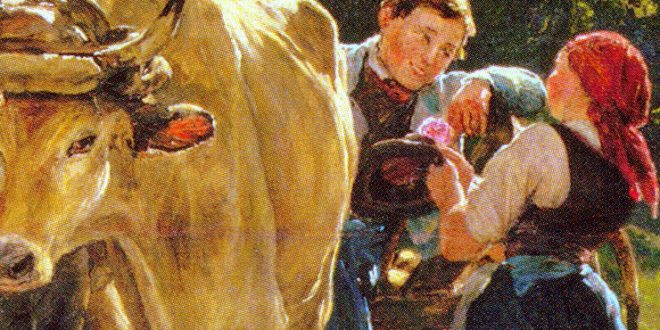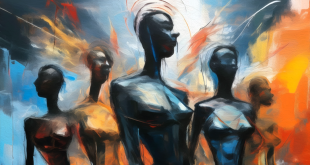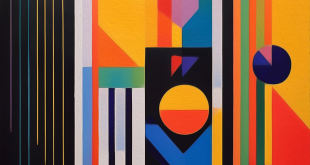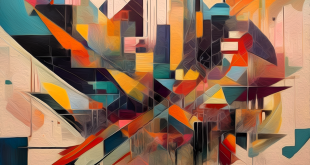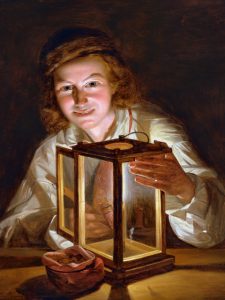 FERDINAND GEORG WALDMULLER 1/4 – He, born in Vienna was an Austrian writer and painter, one of the most important of the Biedermeier period. https://www.youtube.com/watch?v=LPuLuVOXQoc In 1807, at the age of 14, he left his family to attend the Academy of Fine Arts Vienna, where studied portrait painting. In 1814 he married Katharina Weidner. He lived in Bratislava, then worked as a teacher of art in the house of Count Gyulay. In Vienna, he spent much time copying the works of old masters (painting genre subjects, portraits and still-life).
FERDINAND GEORG WALDMULLER 1/4 – He, born in Vienna was an Austrian writer and painter, one of the most important of the Biedermeier period. https://www.youtube.com/watch?v=LPuLuVOXQoc In 1807, at the age of 14, he left his family to attend the Academy of Fine Arts Vienna, where studied portrait painting. In 1814 he married Katharina Weidner. He lived in Bratislava, then worked as a teacher of art in the house of Count Gyulay. In Vienna, he spent much time copying the works of old masters (painting genre subjects, portraits and still-life).
FERDINAND GEORG WALDMULLER 2/4 – In 1819, he became professor at the Academy of Fine Arts Vienna. Being an advocate of natural observation and plein air painting, his works (brilliant, and moralising), influenced a whole generation of artists. https://www.youtube.com/watch?v=Doq2-rZd_ZA From 1825 he travelled to Italy regularly and found inspiration in the Italian landscapes. Mainly interested in the life of peasants, he chose the scenes for his landscapes without any idealization. In addition, being an observer on modern life, he praised the health-giving qualities of rural life, and the moral virtues of family.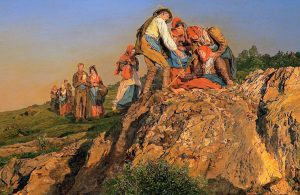
FERDINAND GEORG WALDMULLER 3/4 – He was second to none in depicting nature in delicate colours, and became the most significant representative of Biedermeier. http://www.ferdinandgeorgwaldmueller.at/en/biography Although noted for his portrait art (as well as his genre painting and still lifes), he remained best remembered for his landscape painting, whose detailed naturalism illustrates the principle of close attention to nature. During the course of his career Waldmüller wrote ten essays in need for reform in art teaching.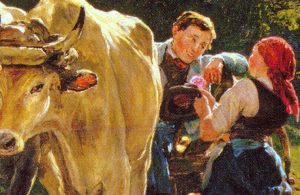
FERDINAND GEORG WALDMULLER 4/4 – He participated in various exhibitions (such as the world exhibition in Paris, and the International Exhibition in London). His works http://digital.belvedere.at/highlights/248977/ferdinand-georg-waldmuller/objects are in The Leopold Museum (Vienna) and Liechtenstein Museum (Vienna), Neue Pinakothek (Munich, Germany) and National Museum (Kassel, Germany), Thyssen-Bornemisza Museum (Madrid) and The Royal Collection (London), Louvre Museum (Paris) and Carnegie Museum of Art (Pittsburgh, USA).
To pursue this issue, you can also read:
 Meeting Benches World art in all forms
Meeting Benches World art in all forms
